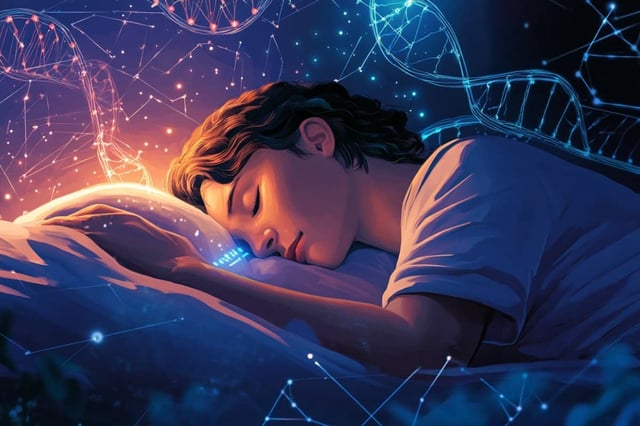Overview
- Researchers identified two internal clocks—one tracking dawn and the other tracking dusk—that jointly regulate human circadian rhythms.
- Analysis of wearable data from over 3,000 medical interns revealed peak physical activity in summer and greater sleep–heart rate misalignment in winter.
- Multiple SLC20A2 gene polymorphisms were linked to significant seasonal differences in sleep duration, activity levels and circadian entrainment.
- A mathematical model of neuronal coupling in the suprachiasmatic nucleus explained why some individuals entrain faster yet endure greater misalignment under irregular schedules.
- Findings could guide personalized shift scheduling and interventions for seasonal affective disorder and other circadian-related health conditions.

